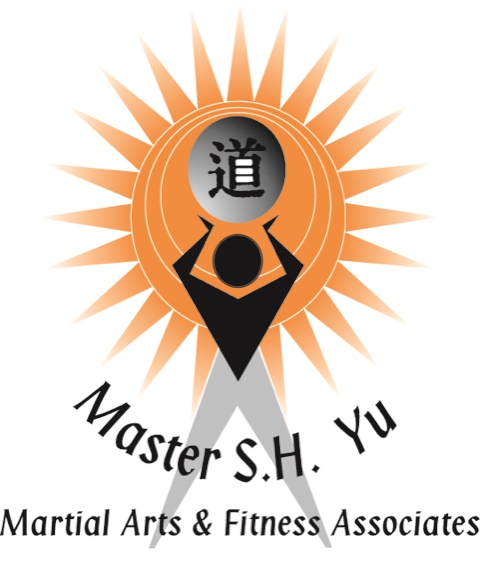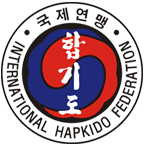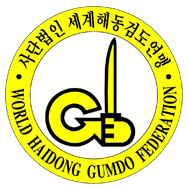Hapkido and Aikido are similar forms of martial arts that share a lot in common, but also have a few key differences. Both forms of martial arts are mainly defense arts and emphasize the use of joint locks, pinning, energy transformation and throwing techniques.
How Hapkido and Aikido are Taught
The main purpose of both martial arts styles is to deflect the attacks of an opponent and harness all of the energy of the attack to circle it back to the attacker. Students of hapkido and aikido are taught the importance of precision in their defense so they can control a physical confrontation and subdue an attacker using precise techniques that localize the damage and prevent unintended or lethal injuries. While aikido almost purely focuses on defense from an attacker, hapkido teaches powerful offensive strategies to be used only in life-or-death confrontations.
Both hapkido and aikido emphasize the principles of self-control and character to help those who study these marital arts transcend conflict and bring peace to the situation by subduing an aggressor.
Hapkido and Aikido Taught by Sr. GrandMaster Yu
Master S.H. Yu Martial Arts offers hapkido and aikido classes for those in the Oak Park and River Forest, IL area who are interested in studying these disciplines. Sr. GrandMaster Yu is an expert in hapkido and is certified by the International Hapkido Federation. He can provide effective instruction, along with our other highly trained instructors, to help you master the arts of hapkido or aikido.
What is Hapkido?
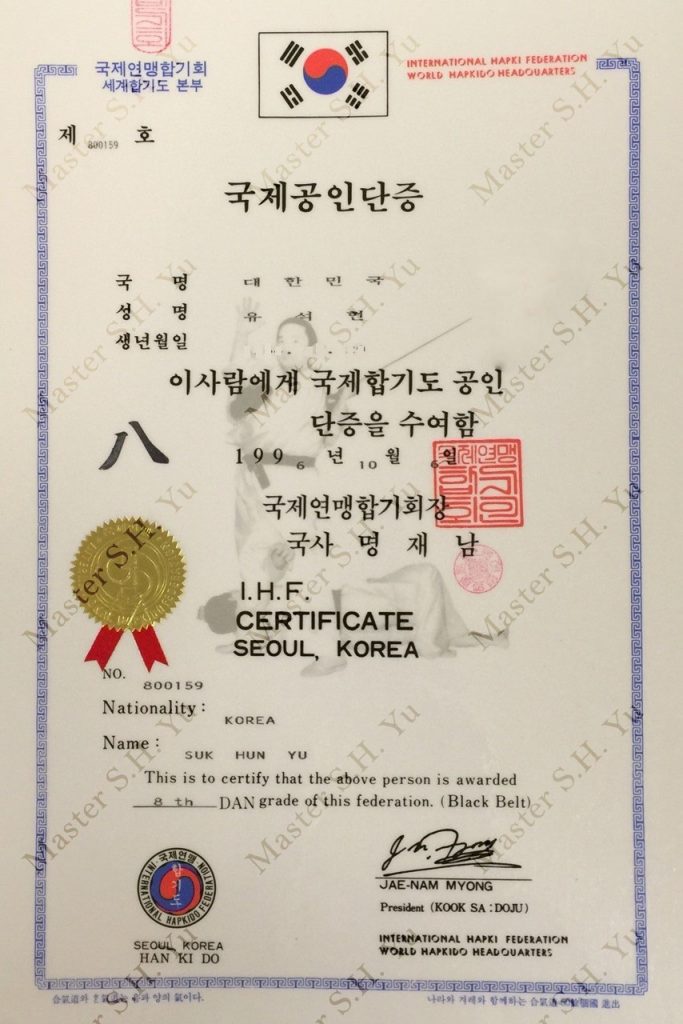 Hapkido is a mixed martial arts discipline developed in Korea that uses both “soft” and “hard” techniques. It is sometimes referred to as the “anti-martial art” because of its strong emphasis on self-defense and control as opposed to brute force and offensive maneuvers. Those who developed hapkido were students of Aiki-jujitsu, so the techniques include some that are similar to jujitsu and aikido as well as some similar to Tae Kwon Do.
Hapkido is a mixed martial arts discipline developed in Korea that uses both “soft” and “hard” techniques. It is sometimes referred to as the “anti-martial art” because of its strong emphasis on self-defense and control as opposed to brute force and offensive maneuvers. Those who developed hapkido were students of Aiki-jujitsu, so the techniques include some that are similar to jujitsu and aikido as well as some similar to Tae Kwon Do.
The main principles of hapkido are the principles of nonresistance or harmony, the circle principle, and the water principle.
These principles combined make up the philosophy behind practicing hapkido. The principle of nonresistance teaches the student to remain calm and poised in the face of an attacker and to resist fighting the opponent’s strength directly.
For instance, a hapkido student would not simply resist and push back an attacker that shoves them in the chest. The student would instead move in the direction of the push and throw the attacker down using their own momentum.
The Circle Principle in Hapkido
The circle principle is an important concept in hapkido that allows the hapkido student to redirect the force of the opponent and use the attacker’s momentum in addition to their own. Linear attacks, such as a punch or knife thrust, can be redirected with an attack in a circular pattern that redirects the power of the attacker.
The hapkido student can then use the redirected power to administer any number techniques to subdue or incapacitate the attacker. In hapkido, the attacker is seen as an energy entity and the student is trained to harness this energy to aid in their power to subdue the attacker. This means that larger opponents that have more energy will give a hapkido student the advantage.
The Water Principle in Hapkido
The water principle in hapkido emphasizes adaptable, free-from movements that are used to respond to and subdue an attacker. The hapkido student must be able to adapt to the situation to deflect attacks the way water adapts by flowing around an intrusive object to envelop it in its own power.
The concept of free-flowing adaptability is very important in hapkido because it is so focused on self-defense. The student must be able to adapt to any type of strike from an opponent as it occurs.
What is Aikido?
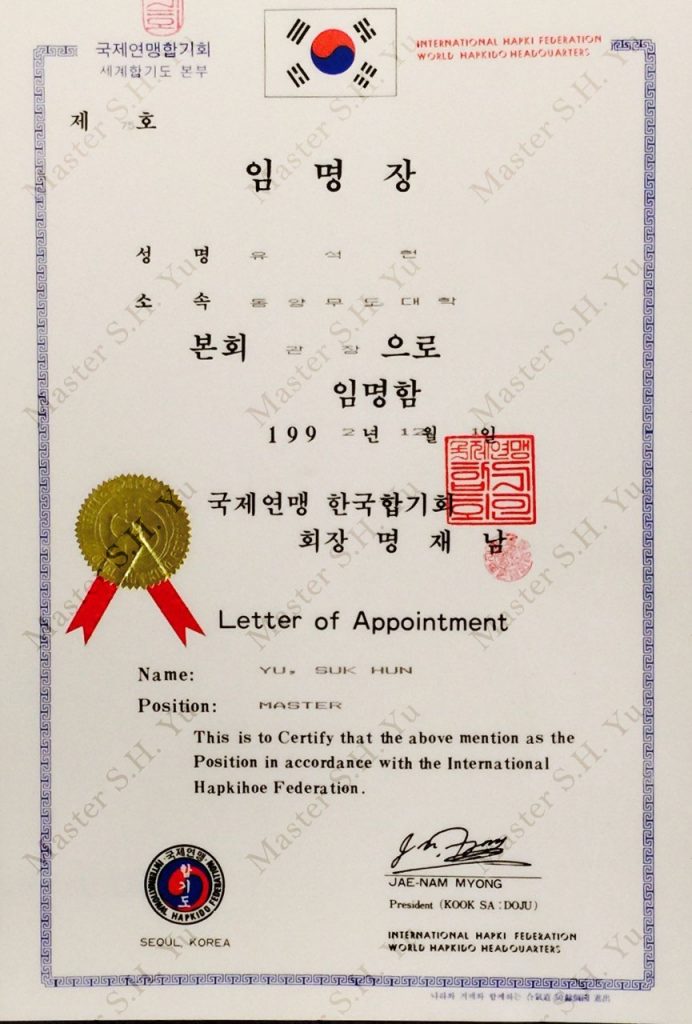 Aikido is a Japanese martial art that is also focused on self-defense and includes elements from many different martial arts practices.
Aikido is a Japanese martial art that is also focused on self-defense and includes elements from many different martial arts practices.
Like hapkido, aikido uses locks and pinning techniques, but it also incorporates traditional weapons training. Aikido was developed in the early 20th century by Morihei Ueshiba who believed that those who study martial arts should be courageous, loyal, and upright and be ready to sacrifice their lives out of principle, but not their honor.
The Teachings of Aikido
The teachings of aikido stress the importance of self-development so the student can rise above dualistic conflict and bring a positive outcome to the situation. Aikido involves training of the mind and spirit to develop balance and wisdom.
Aikido is a non-competitive martial art in which students are promoted by demonstrating a thorough understanding of techniques and basic principles. Like hapkido, aikido focuses on responding to attacks from an opponent and redirecting the energy to help subdue the attacker.
What Students Learn from Aikido
Students of aikido learn to use joint locks, throws, and other motions to respond to linear attacks. The counterattacks of aikido use a combination of turns, pivots, and circular motions to use and redirect the energy of the attacker.
The training of aikido includes training of the mind as well as physical training. The goal is to have a positive state of mind to help remain calm in stressful situations and stay centered physically.
The goal is to master the concepts of balance, timing, and reaction and to make these concepts an automatic reflex. This helps develop a better sense of awareness and compassion and gives students the ability to diffuse negative situations in a positive way which can be useful in many areas of life.
Hapkido and Aikido Classes at Master S.H. Yu Martial Arts
Hapkido and aikido are both excellent disciplines to study for those who want to improve their self-defense skills, and by extension, their skills in dealing with stressful situations in a positive manner.
At Master S.H. Yu Martial Arts, we offer classes incorporating aikido and hapkido in the Oak Park and River Forest, IL area taught by highly trained and qualified instructors. Sr. GrandMaster Yu is internationally-certified 8th Dan by the International Hapkido Federation, and our instructors rank from 2nd Dan through 6th Dan, sharing the same passion for martial arts as Sr. GrandMaster Yu.
Sr. GrandMaster Yu was a student of the late Hapkido Supreme GrandMaster Myung, the founding father of modern Korean Hapkido.
Contact Us
Master S.H. Yu Martial Arts is located in Oak Park, IL and serves those in Chicago and the Chicago suburbs. Call Master S.H. Yu Martial Arts at (708) 383-3456 to sign up for Aikido and Hapkido classes.
Related Martial Arts Programs:
Tae Kwon Do Oak Park and River Forest, IL
Judo Oak Park and River Forest, IL
Kumdo and Gumdo Oak Park and River Forest, IL
